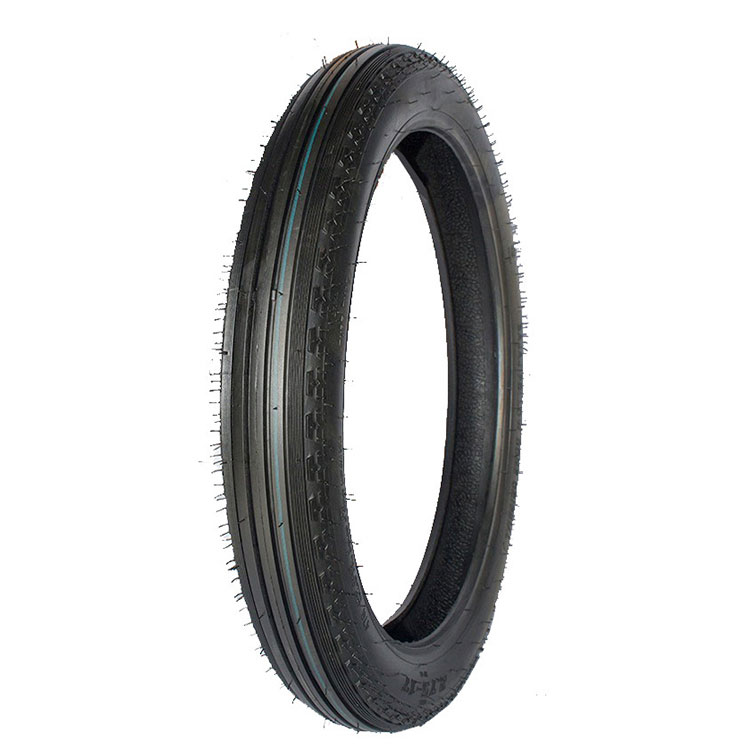What is High Rubber Content Motorcycle Tyre?
2023-10-17
A high rubber content motorcycle tire refers to a tire that is manufactured using a higher percentage of rubber in its composition compared to other tires. The rubber content in a tire plays a crucial role in its performance, durability, and grip on the road. Here are some key points about high-rubber-content motorcycle tires:
1. Enhanced Grip: A higher rubber content in the tire compound generally improves grip and traction, especially in wet or slippery conditions. The increased rubber content allows the tire to maintain better contact with the road surface, leading to improved handling and stability.
2. Improved Cornering Performance: Tires with a high rubber content tend to have better cornering capabilities. The increased rubber content allows for greater flexibility and deformation of the tire, which helps it conform to the road surface during cornering, providing enhanced grip and stability.
3. Longer Tread Life: Generally, higher rubber content can contribute to improved tire longevity. The increased rubber content improves wear resistance, reducing tire wear and extending the tire's tread life. This can be particularly beneficial for riders who prioritize durability and value for money.
4. Enhanced Shock Absorption: Tires with a higher rubber content tend to offer better shock absorption, resulting in a more comfortable ride. The increased flexibility of the rubber helps absorb vibrations and impacts from the road, reducing rider fatigue and enhancing overall comfort.
5. Potential Trade-offs: While high-rubber tires can offer several advantages, there may be trade-offs to consider. Higher rubber content can make the tire slightly heavier, potentially affecting acceleration and fuel efficiency. Additionally, tires with a higher rubber content may have a higher rolling resistance, requiring slightly more effort from the engine to maintain speed.
It's important to note that the rubber compound of a motorcycle tire is a complex formulation, and the rubber content is just one factor that contributes to its overall performance. Other factors, such as tread design, tire construction, and the specific needs of the rider (e.g., sport riding, touring, off-road), also play a significant role in determining the tire's performance characteristics.
When selecting motorcycle tires, it's advisable to consider the specific requirements of your riding style, road conditions, and climate. Consulting with tire manufacturers, motorcycle enthusiasts, or professional mechanics can provide further guidance in choosing the most suitable tire for your motorcycle.



